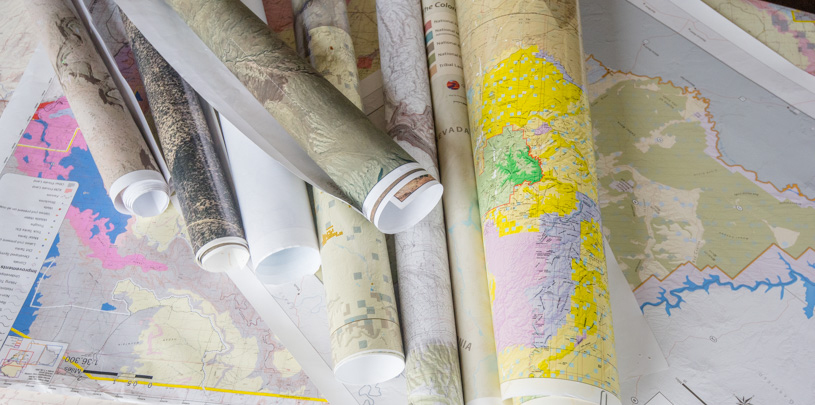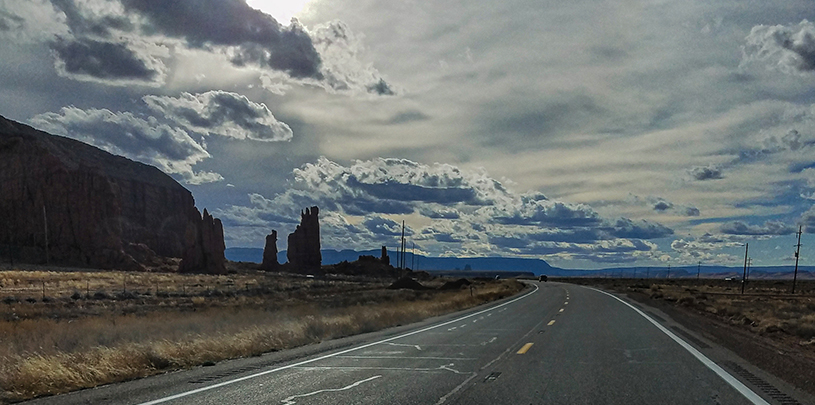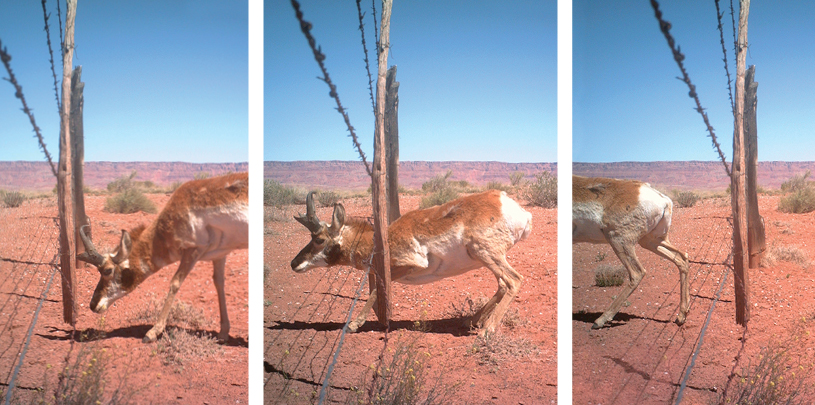Map of the Month: meet the nerd behind the Trust maps for an insider glimpse into the world of cartography in this monthly blog series.
 by Stephanie Smith, GIS Director
by Stephanie Smith, GIS Director
In October, the Bears Ears Intertribal Coalition, a historic group of five sovereign tribal governments including the Hopi, Navajo, Uintah and Ouray Ute, Ute Mountain Ute, and Zuni, presented a map to the Obama administration as part of a ground-breaking proposal to permanently protect 1.9 million acres of ancestral lands in southern Utah. Such protection would come in the form of a national monument collaboratively managed by the tribes and federal government. Named after the prominent mesas that resemble bear ears near Elk Ridge, west of the Abajo Mountains, the Bears Ears National Monument would help ensure these lands are protected for future generations.
Grassroots tribal organizers conducted cultural mapping, interviewing tribal elders to gather the extensive history and connections to the region to define the proposal boundary. The tribal community members then asked us to help create a map that reflected these well-documented ties to this critical landscape.
The Bears Ears map was an exceptional kind of assignment. Often, maps in conservation depict the scary aspects of this world─the invasion of exotic species, out-of-control wildfires, deforestation, drought, or radioactive waste shipments─but sometimes what they depict is more inspiring and hopeful. Falling into the latter category, the Bears Ears map displays a landscape of history, heritage and areas that capture your heart and inspire your soul. The tribes are working to protect this place, a home of subsistence, spirituality and healing.
Where are the state lines?
At first glance, it may seem that the state boundaries don’t appear on this map. Instead of drawing traditional crisscrossing lines, this map presents the Four Corners, Utah, Colorado, Arizona, and New Mexico, as a georeferenced north arrow. This was an important design element to represent the states, but creatively highlight the fact that the tribes’ connection to the land does not stop at the borders of any state.
As I curved letters to the shape of the canyons, I wondered what it would be like to trek the narrow canyons in Fish and Owl in Cedar Mesa and sleep among the cottonwoods under the Milky Way. Or to have spent my childhood, not in the deciduous forest of the Appalachians, but in the southwestern desert among the junipers and sandstone.
Many of the locations highlighted on the map I have yet to visit, but I hope the proposal will succeed, and the Bears Ears will be protected for future generations, so that one day I too can enjoy the beauty and solitude of these places. Perhaps I will once again stand on the edge of Comb Ridge looking towards the Bears Ears knowing that I had a small hand in helping to support the tribes in their effort to protect this amazing landscape for others to experience.






